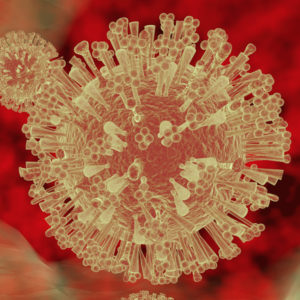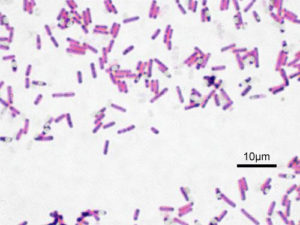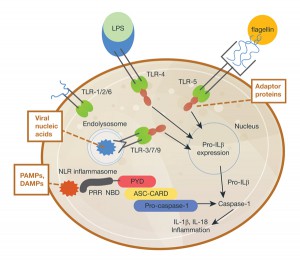
You, like me, may occasionally find youself in need of a canine control device. While I’m not a fan of the dog tie out, I do walk dogs on leash—as is required by our county and city government here in Madison, WI.
If you have read Temple Grandin’s books about dogs, you might feel a tug at your heartstrings while enduring a tug on the leash. Aren’t dogs meant to run freely? Don’t we love to watch them run? Are leashes humane?
When walking dogs I feel the need to protect them, but also a desire to let them live like dogs, sniffing, marking and other behaviors that are all limited when the dog is leashed.
When a report in Science last week showed evidence that our ancient ancestors were using leashes 8,000-9,000 years ago I was: 1) surprised; and 2) felt vindicated from self-imposed dog owner guilt.
Continue reading “Ancient Images of Dogs Include Restraints?”







